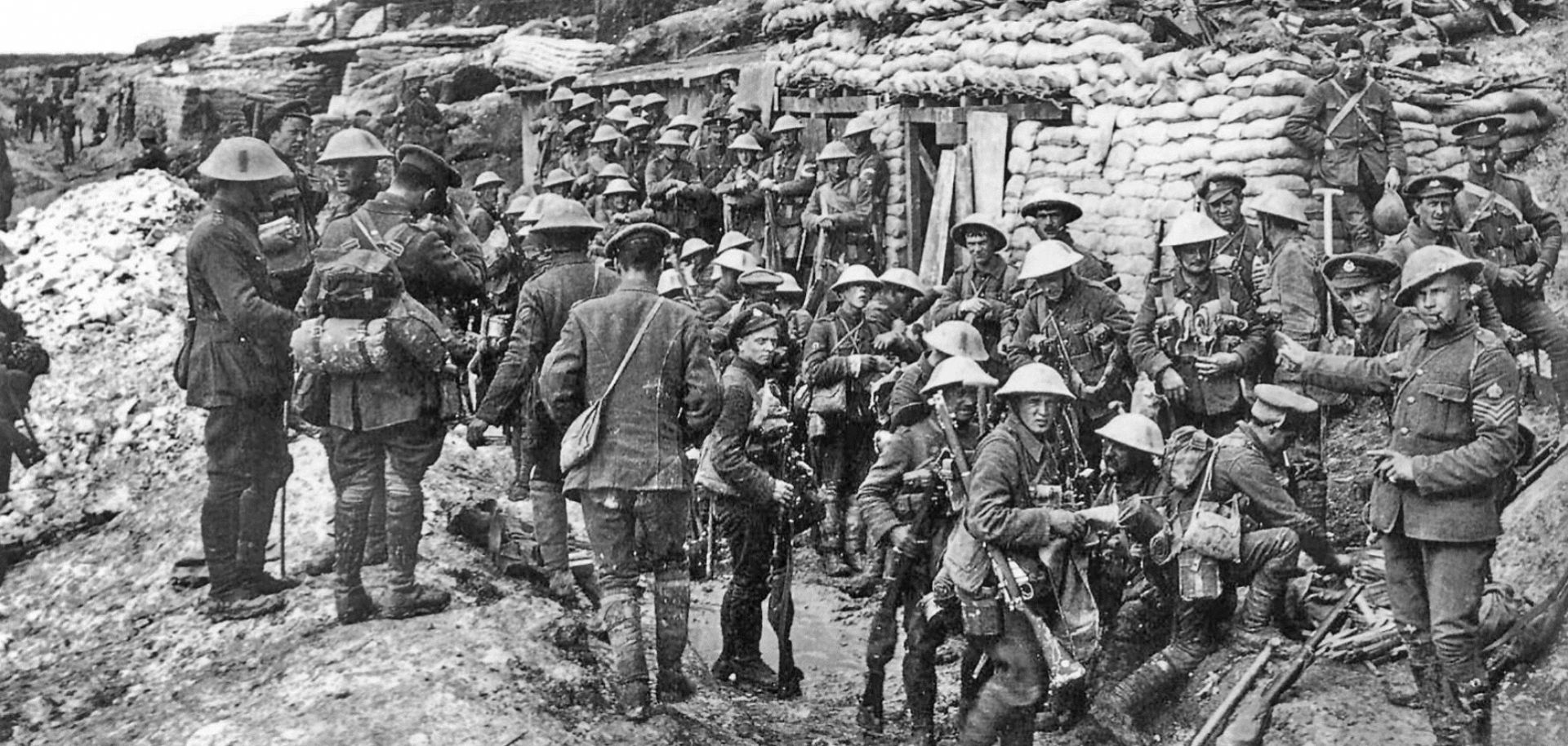GLOBAL PERSPECTIVES
From the Somme to the Persian Gulf, Lessons on Shows of Force

May 22, 2019 | 11:00 GMT

Public School boys Battalion during the Battle of the Somme 1916.
(Photo12/UIG via Getty Images)
Highlights
- European leaders saw their shows of force turn into war in 1914, and then their promises of easy victory turn into a four-year slaughter.
- World War I presents those willing to learn with many lessons, starting with the fact that wars rarely go as planned.
- A small British force invaded Iran in 1918 — a "mad enterprise," one British commander called it. It was a risky action, and any similar action today would be just as risky.
Subscribe Now
SubscribeAlready have an account?
